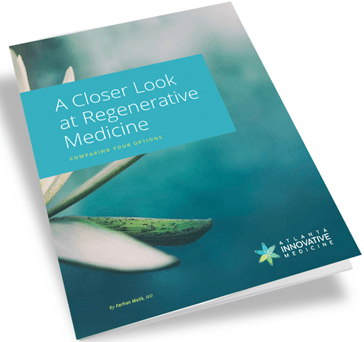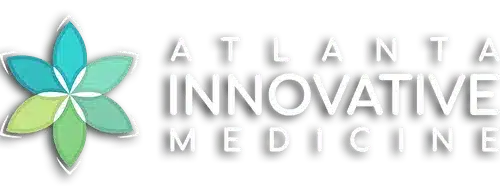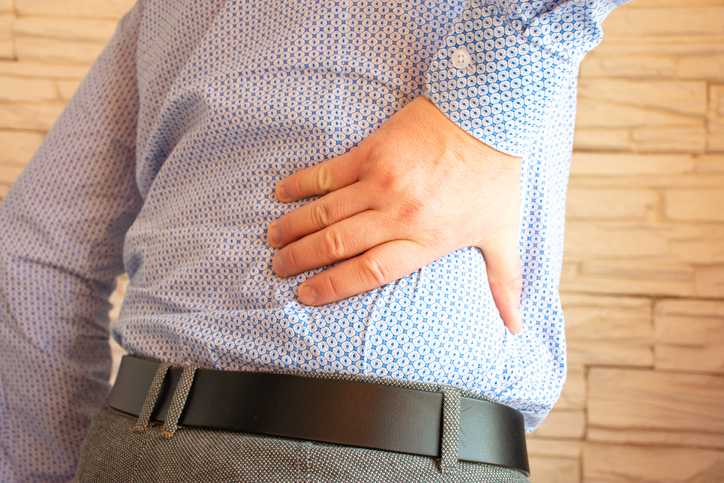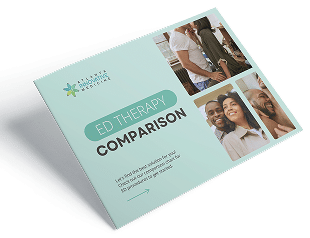
Wait! Don’t leave without your FREE Guide.
A Closer Look at Regenerative Medicine: Comparing Your Options, you'll learn about treatments like Platelet Rich Plasma (PRP), Prolotherapy, Prolozone Therapy, and Stem Cell Therapy. Plus, you'll get treatment comparisons, links to related studies, and more.













